Drug duo delivers brain, behavioral benefits for fragile X syndrome
Administering a cholesterol drug alongside an antibiotic eases atypical behavior and restores the signaling balance in the brains of people with fragile X syndrome.

Administering a cholesterol drug alongside an antibiotic eases atypical behavior and restores the signaling balance in the brains of people with fragile X syndrome.

Mice and people missing a copy of a chromosomal region called 16p11.2 show similar patterns of weak brain connections.
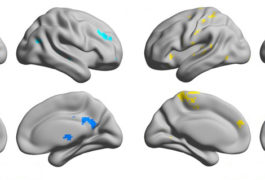
The brains of men with autism may have a mosaic of features from both genders.
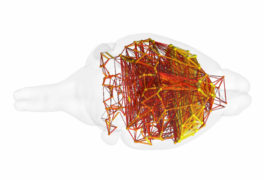
The drug mavoglurant has no effect on a brain circuit involved in social behavior in a mouse model of fragile X syndrome. That may explain its poor performance in people with the condition.
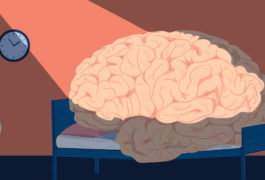
Differences in sleep and circadian rhythm may distort the results of autism studies.
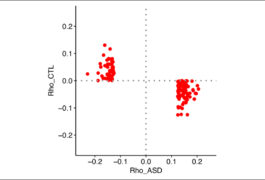
A different set of genes regulates brain activity in people with autism than the set involved in controls.

People with autism show frequent swings in synchronized activity between brain regions, a finding that could explain inconsistencies across studies.

Researchers have uncovered 38 genes, including 9 autism candidates, that may fine-tune brain activity.

Watch the complete replay of Randy Buckner’s webinar discussing ‘daydreaming’ brain circuitry and what it might reveal about autism.
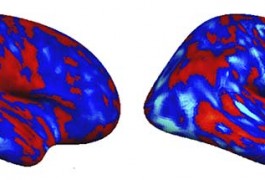
A new study may have solved a decade-old debate about whether the brains of people with autism are more or less connected than those of controls: They’re both, depending on where in the brain you look.